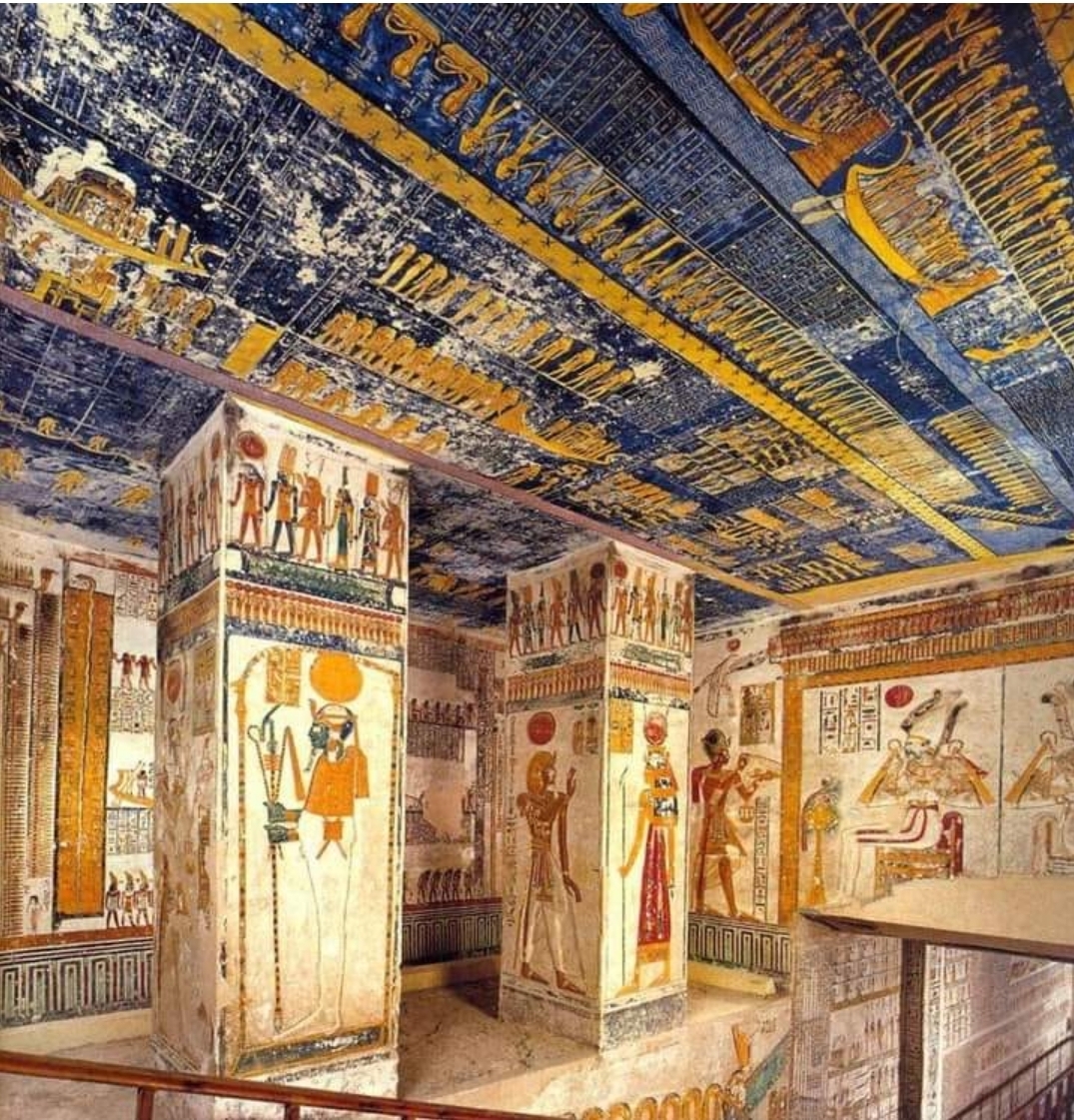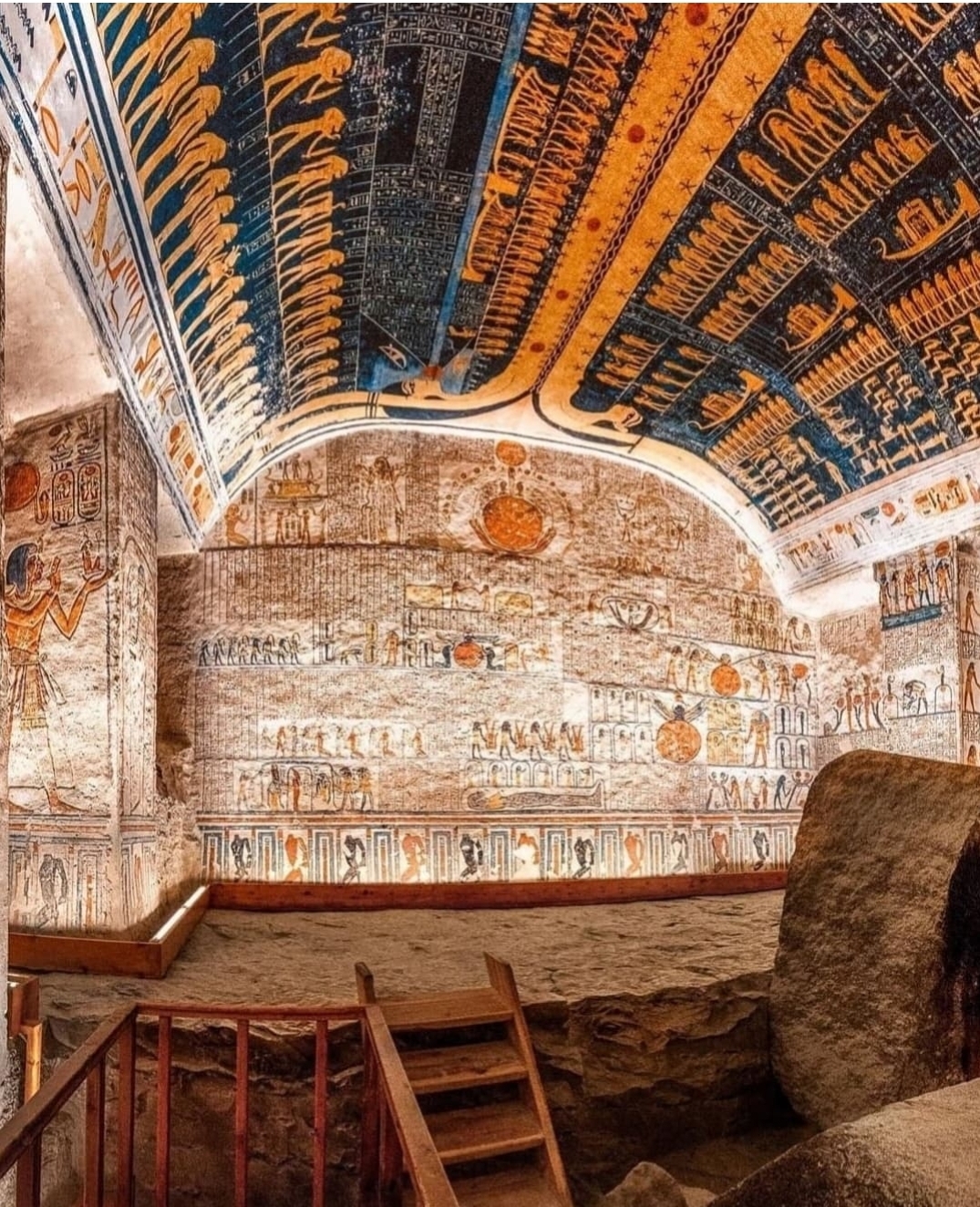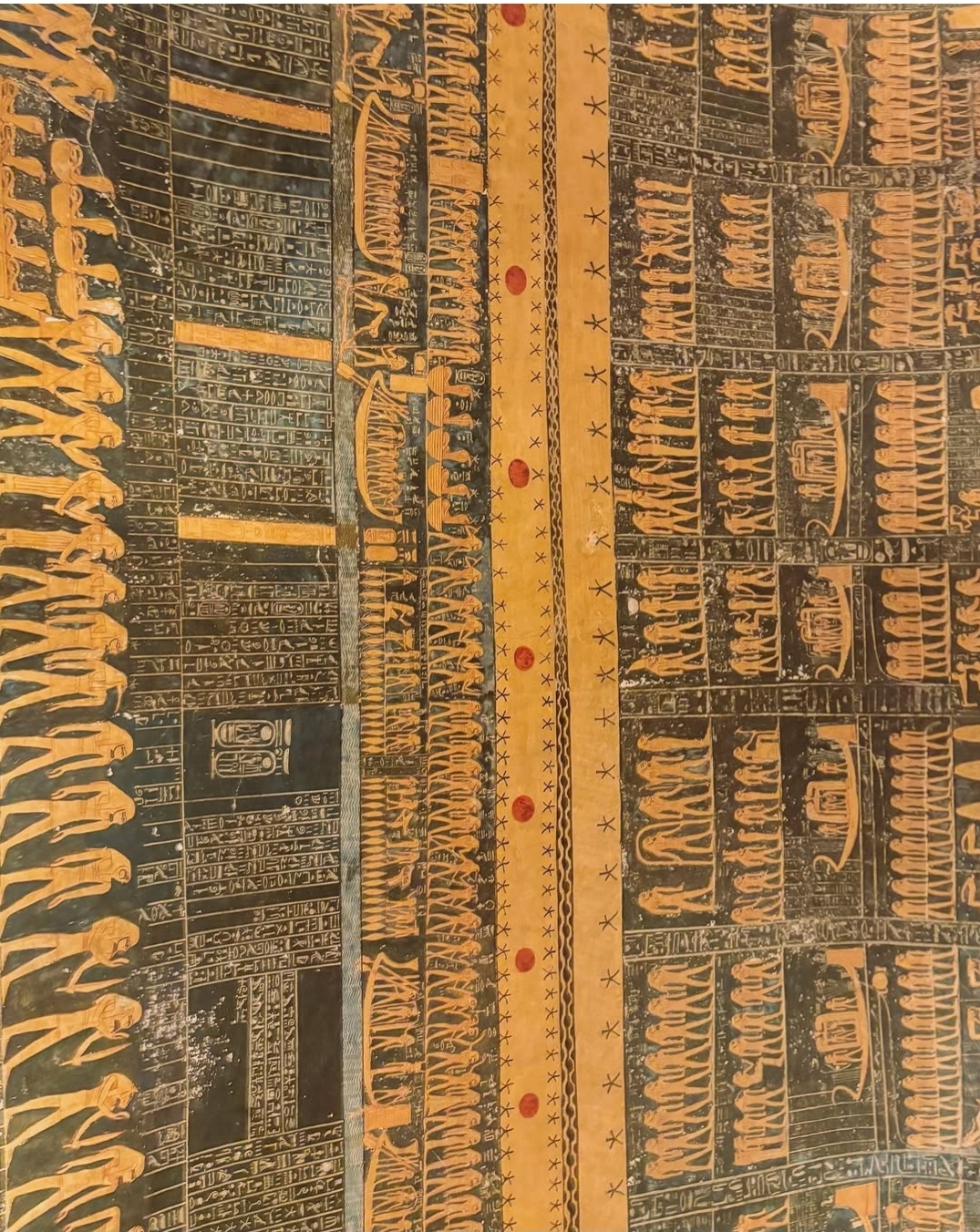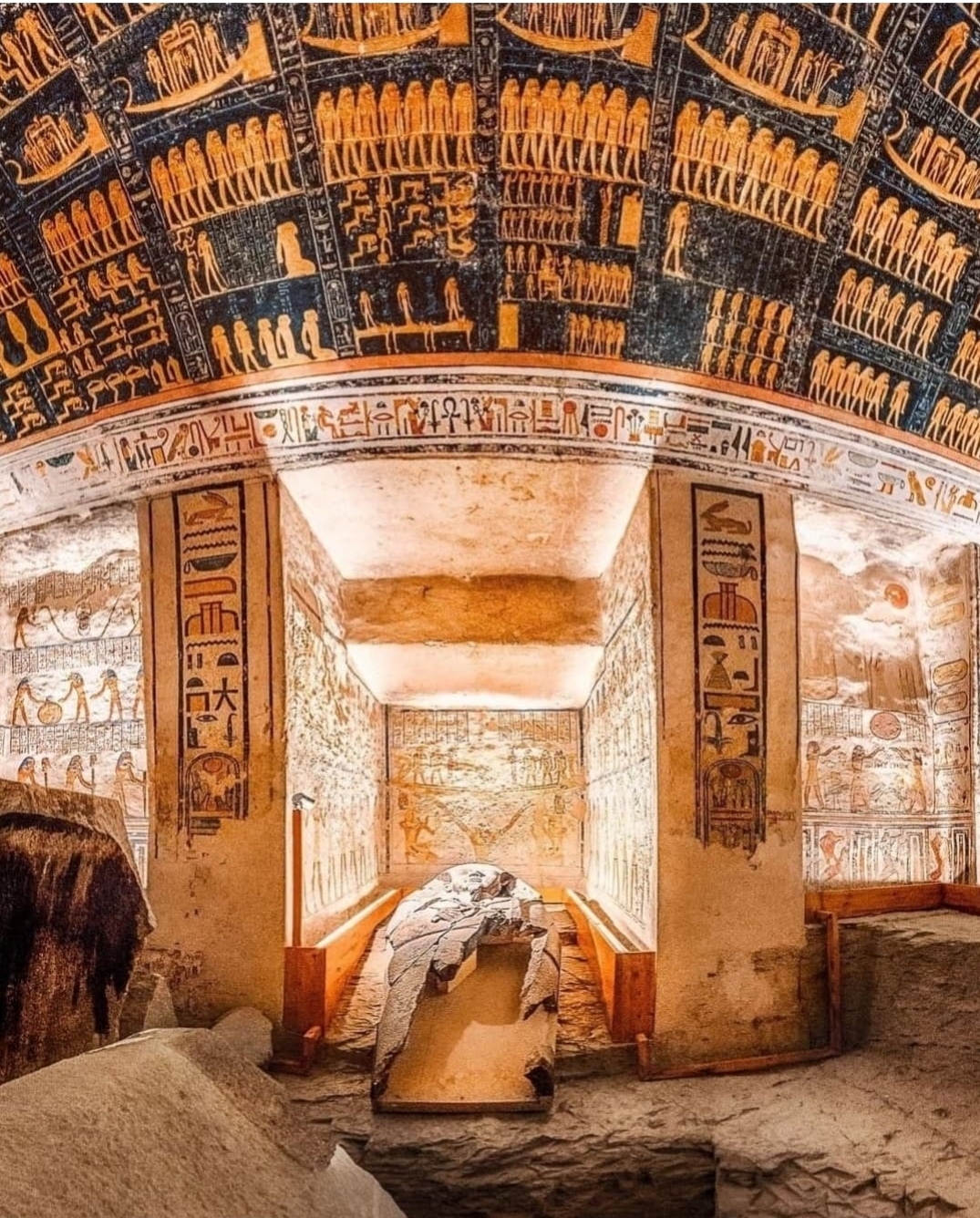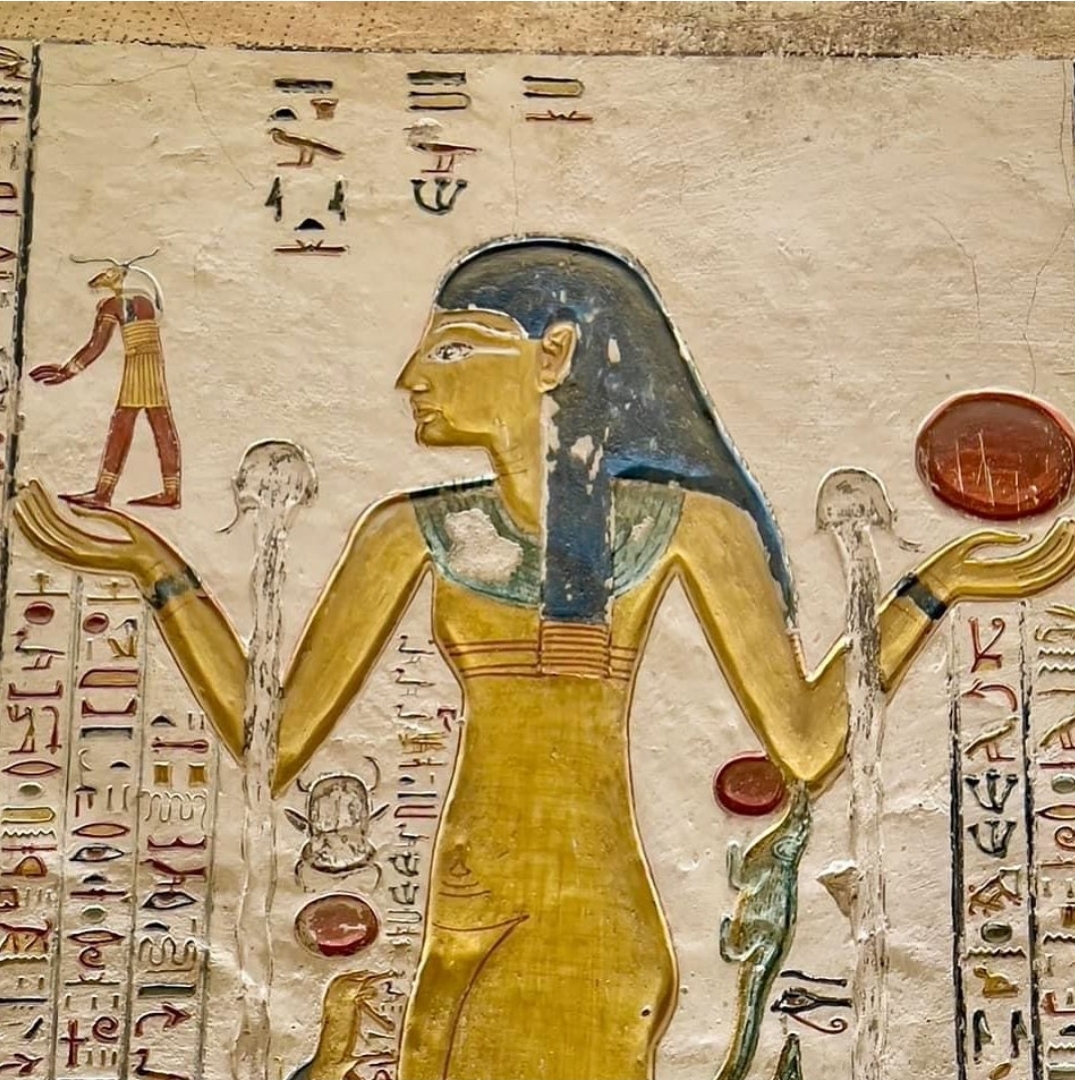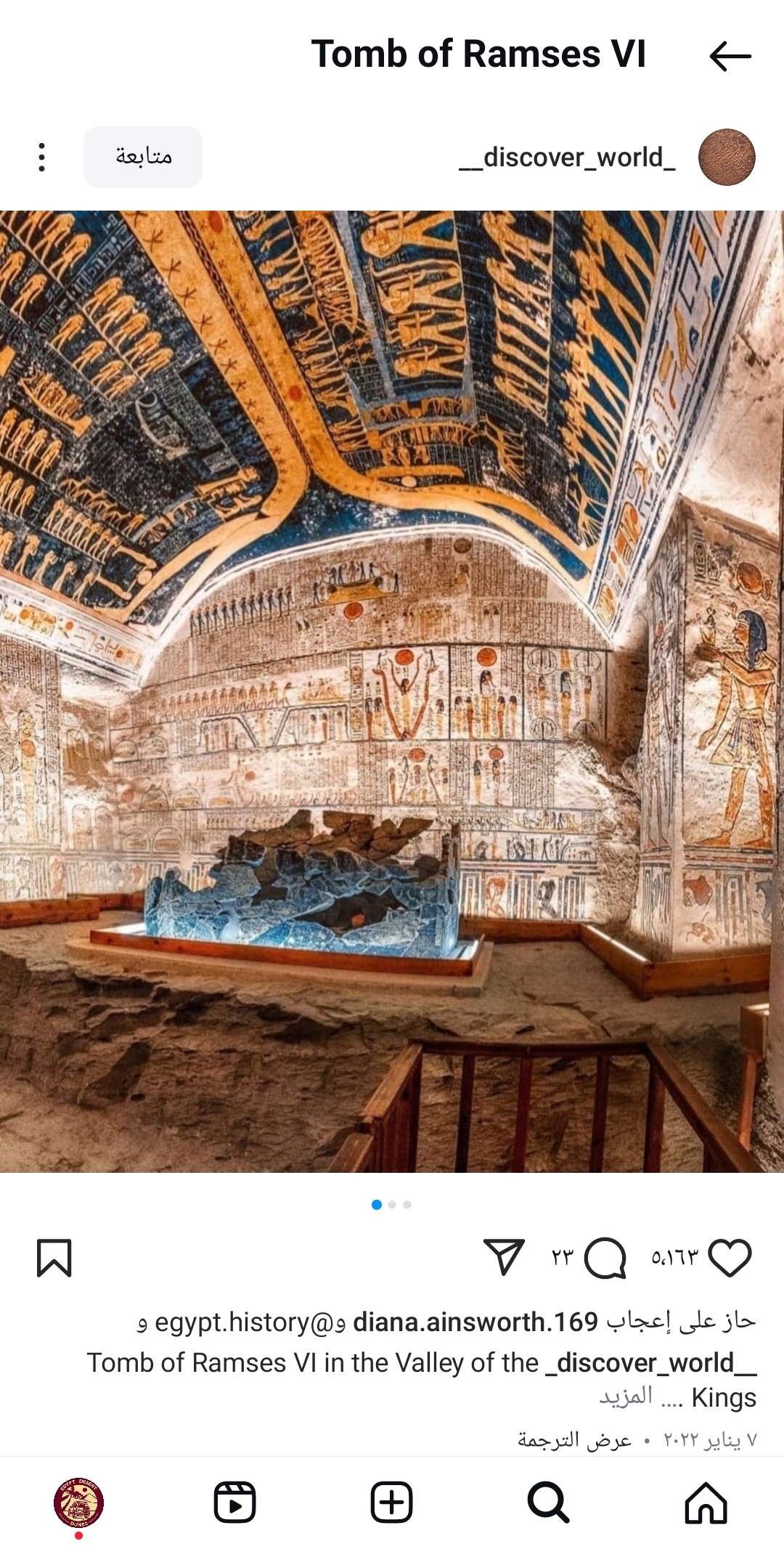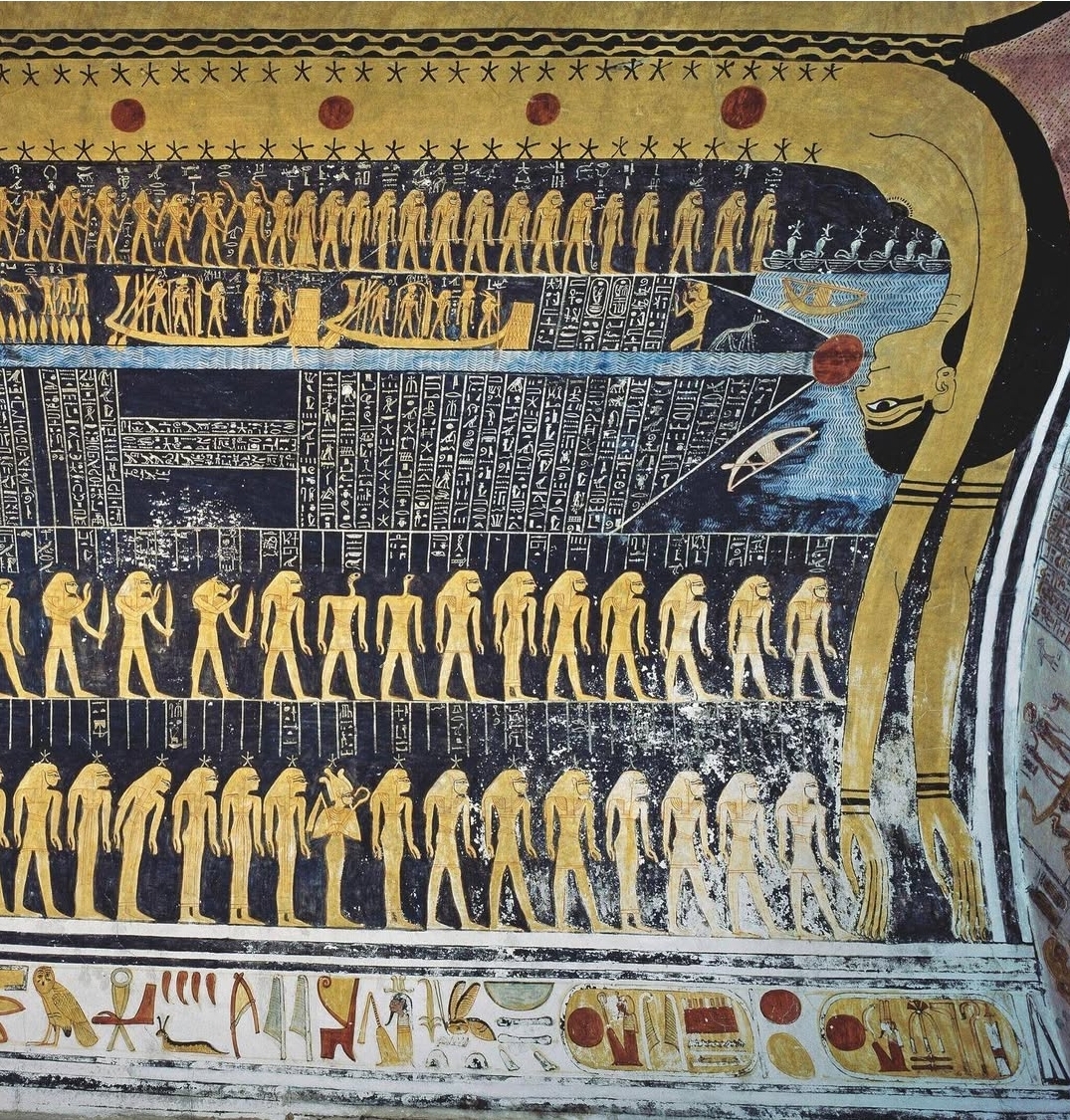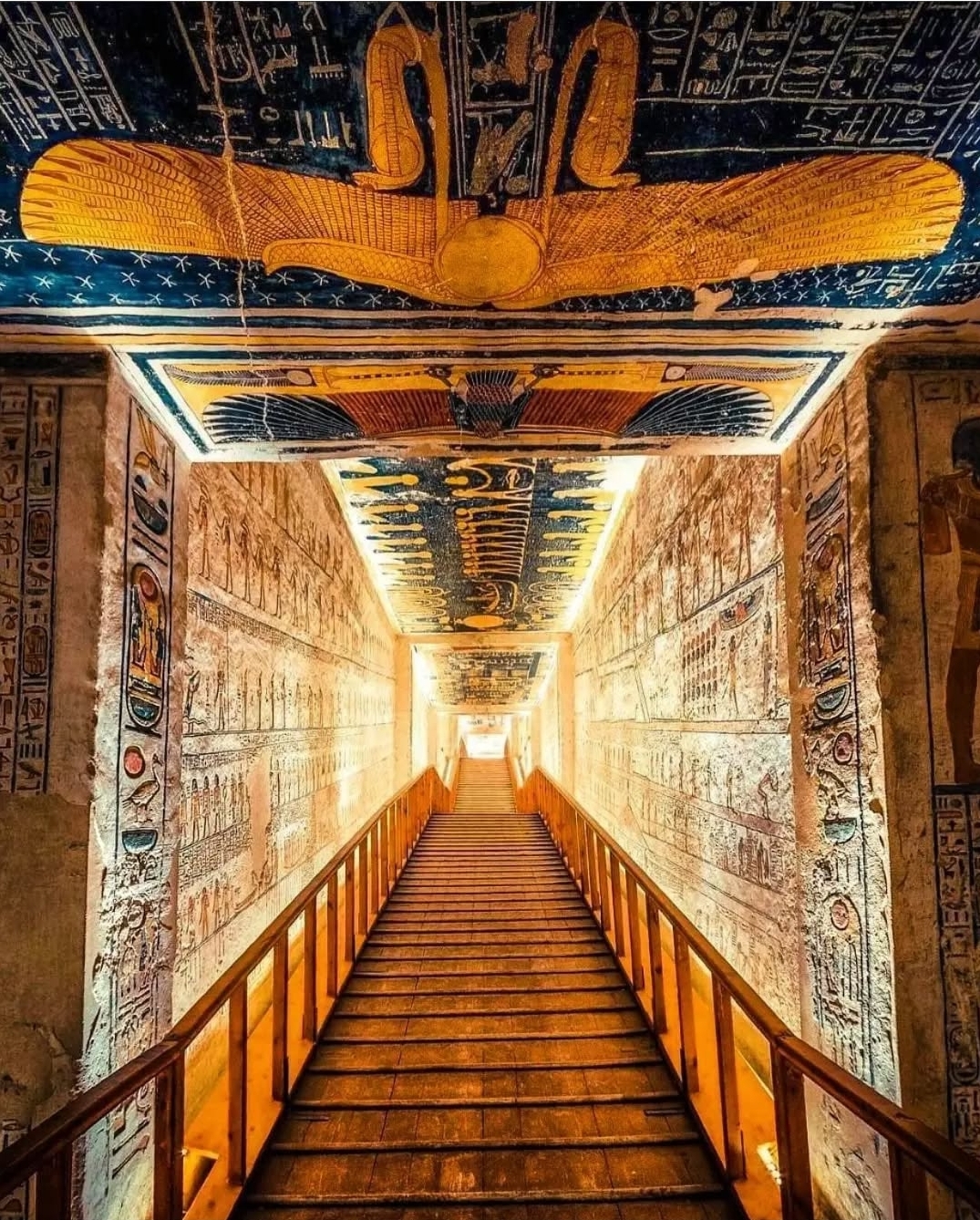Tomb of Ramses VI Luxor
Tomb of Ramses VI (KV9): A Masterpiece of Pharaonic Funerary Art in the Valley of the Kings
Introduction: A Royal Burial Chamber of Cosmic Significance
Deep within the famed Valley of the Kings, the tomb of Pharaoh Ramses VI (KV9) stands as one of ancient Egypt’s most magnificent underground monuments. Originally constructed for Ramses V but completed by his successor, this spectacular burial complex represents the pinnacle of New Kingdom tomb architecture and decoration. Stretching an impressive 104 meters into the Theban hillside, KV9 offers visitors an unparalleled journey through ancient Egyptian cosmology and royal funerary beliefs.
Historical Context and Royal Lineage
Ramses VI ruled during Egypt’s 20th Dynasty (1145-1137 BCE), a period of declining imperial power but remarkable artistic achievement. The tomb’s history reveals fascinating insights about this transitional era:
-
Originally designated for Ramses V (Nebmaatre-meryamun)
-
Expanded and completed by Ramses VI (Nebmaatre-meryamun)
-
Contains evidence of both rulers’ cartouches
-
One of the last great royal tombs built in the Valley
Architectural Marvel: Design and Layout
KV9 showcases the classic “bent axis” design typical of late New Kingdom royal tombs:
-
Entrance Staircase (35m descent)
-
First Corridor with dramatic sloping passage
-
Well Chamber (symbolic pit to deter grave robbers)
-
Pillared Hall with four supporting columns
-
Antechamber preceding the burial vault
-
Burial Chamber with vaulted ceiling
-
Final Corridor leading to additional chambers
The tomb’s total length of 104 meters makes it one of the valley’s most extensive royal burials.
Astounding Decorative Program
KV9’s walls constitute a complete illustrated guide to ancient Egyptian afterlife beliefs:
Ceiling Decorations:
-
Spectacular double representation of Nut (sky goddess)
-
Detailed astronomical charts
-
Celestial boats carrying the sun god
-
Star clocks and decan lists
Wall Scenes Include:
-
Complete versions of the Book of Gates
-
Extracts from the Book of Caverns
-
Portions of the Book of the Earth
-
Litany of Ra
-
Amduat (Book of What is in the Underworld)
Unique Artistic Features:
-
Exceptionally well-preserved colors
-
Finely executed relief carvings
-
Rare combination of multiple funerary texts
-
Vivid depictions of the sun god’s nightly journey
The Burial Chamber: Heart of the Tomb
The tomb’s climax reveals:
-
Massive granite sarcophagus (originally containing three nested coffins)
-
Fragments of the king’s funerary equipment
-
Stunning ceiling depicting Nut swallowing and rebirthing the sun
-
Magical spells protecting the pharaoh’s journey
-
Scenes of the king being welcomed by various deities
Historical Importance and Rediscovery
KV9’s significance extends beyond its original purpose:
-
One of the most visited tombs in antiquity (evidenced by ancient graffiti)
-
Early Christian use as a dwelling place (Coptic inscriptions visible)
-
Documented by early Egyptologists including Richard Pococke (1737-1738)
-
Cleared by Georges Daressy in 1898
-
Subject of ongoing conservation efforts
Visitor Experience: What to Expect
Notable Features to Observe:
-
The breathtaking astronomical ceiling in the burial chamber
-
Well-preserved reliefs showing Ramses VI with various gods
-
Intact structural elements demonstrating ancient engineering
-
Evidence of ancient restoration attempts
-
Subtle color variations in different chambers
Practical Visiting Tips:
-
Visit early morning or late afternoon for best lighting conditions
-
Allow at least 45 minutes for thorough appreciation
-
Bring binoculars to examine ceiling details
-
Combine with nearby KV62 (Tutankhamun) and KV11 (Ramses III)
-
Note the temperature difference as you descend
Conservation Status and Challenges
As one of the valley’s most visited tombs, KV9 faces:
-
Potential damage from visitor humidity and heat
-
Fading of pigments from prolonged exposure
-
Salt crystallization in the limestone walls
-
Structural stresses from seismic activity
-
Ongoing efforts to monitor and mitigate these factors
Why This Tomb Matters Today
KV9 provides scholars and visitors alike with:
-
A complete example of New Kingdom royal tomb design
-
Insights into evolving funerary practices
-
Evidence of astronomical knowledge
-
Understanding of color technology and preservation
-
Connections to broader Egyptian religious thought
Nearby Sites to Combine with Your Visit:
-
Tomb of Tutankhamun (KV62)
-
Tomb of Ramses III (KV11)
-
Tomb of Merenptah (KV8)
-
Valley of the Queens
-
Deir el-Medina (workers’ village)
Conclusion: A Monument to Eternal Beliefs
The tomb of Ramses VI stands as both a burial place and a monumental expression of ancient Egyptian cosmology. Its walls and ceilings form a sacred textbook of pharaonic afterlife beliefs, while its architecture demonstrates the remarkable engineering capabilities of New Kingdom craftsmen. For modern visitors, KV9 offers an unparalleled opportunity to walk through a perfectly preserved ancient vision of eternity, where every surface tells part of an elaborate story about the sun’s journey and the pharaoh’s place among the gods. As one of the Valley of the Kings’ most complete and visually stunning tombs, it remains an essential stop for anyone seeking to understand ancient Egypt’s funerary traditions and royal aspirations for immortality.
